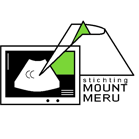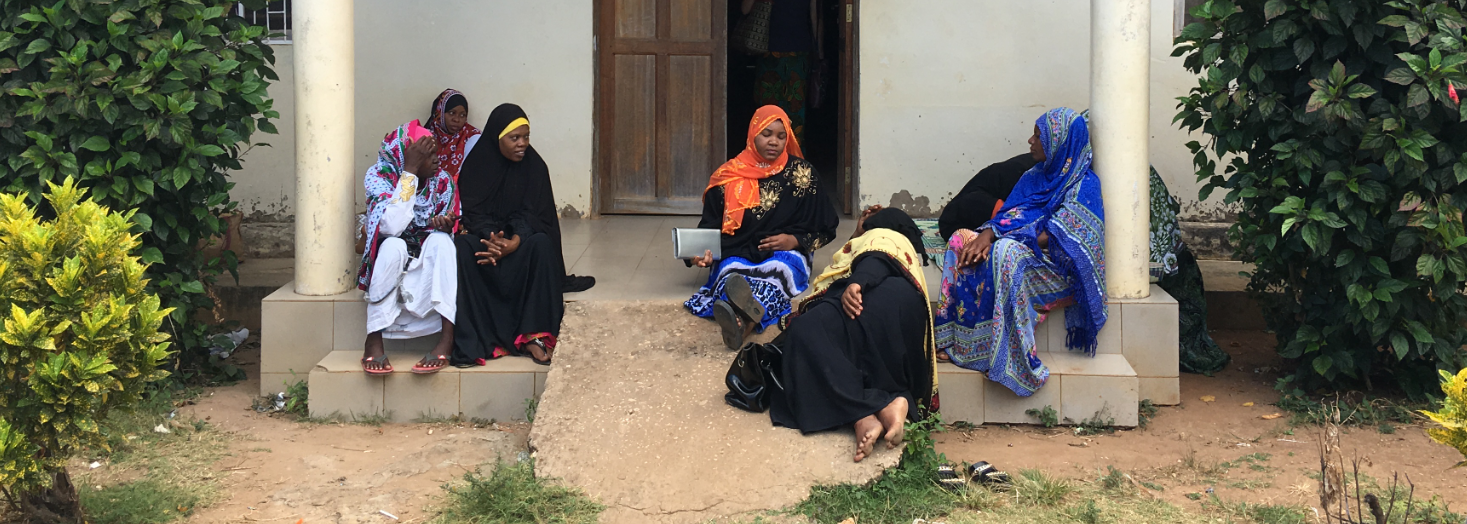verbetert moeder- en kindzorg in Afrika
RMOs OFFICE Reproductive Child Health(RCH) Department
Letter of intent submitted to Mount Meru Foundation the Netherlands
Problem: High number of Neonatal and Maternal Death
Summary of problem and need: The number of deaths of Neonatal and Maternal in Arusha Region has remained high for the Year 2016 and 2017 figured 674 (12/1000Live Birth) and 72 similar to 127/100,000 Live Birth in 2016 and 557(10/1000LB) and 64(114/100000LB) in 2017 despite of the effort taken at Region and District level. This means in every 1000 Live Births 2 women die.
The most affected District is Arusha City with 341(16/1000LB) Neonatal death and 32(148/100000LB) maternal death attributed mainly by self referrals and Health facility referrals from nearest districts. On the other hand other Districts (Monduli, Ngorongoro, Longido) deaths are mainly due to due to Geographical location and home deliveries. Most of the community deaths are not reported due to customs and taboos. (Women Died during giving Birth are not reported to the authorities) .
According to DHIS2, data of 2017 indicates that almost 40% of Neonates who died were premature and 23% of maternal deaths were attributed by Post Partum Haemorrage(PPH).Furthermore, Cultural dynamics in the society such as limited involvement of men in RCH issues and gender disparities in the community , lack of awareness on Sexual and Reproductive Health rights and behavior positive adoption, early indulgence in sexual intercourse that lead too early pregnancy, unsafe abortion, religious opposition to modern contraception, Community being less empowered to demand quality RCH Services.
As the region we intend to train Health Care Workers on maternal and Neonatal care, ensuring adequate equipments and supplies, availabilities of Neonatal units at District hospitals and Health centers, conducting outreach services in hard to reach areas ,creating awareness and educating the community ( Community leaders and families ) on Reproductive Maternal Neonatal and Child Health that will help to reduce the number of deaths. Therefore there will be a need to ensure that household members have the capacities to fulfill their duties to achieve better health. The Ward Development Committee and Village Government through PHC Committee and Health Facility Management Committee will be responsible for supervision and Implementation of RCH activities in their respective areas.
Furthermore the IEC/BCC need to target community initiative particularly in addressing harmful practice in RCH, and providing positive community attribute. However, all these interventions have not been fully implemented to budget constraint.Therefore,Partnership with Mt.Meru Foundation will enable the Region to leverage the minimum available Resource
GOAL: Reduce maternal and Neonatal mortality and morbidity by 50% over 3 years in all 7 Councils
Objectives: To reduce Maternal and Neonate death
Specific Objectives:
To introduce community Intergrated Management Child Iliness(cIMCI ) all 7 councils
To improved community awareness on RMNCH Services(improved demand for care)
To raise early Antenatal Care(ANC) booking for pregnant women of less than 12 weeks from 32% to 50%.
To increase the percentage of pregnant women who delivered in Health Facilities from 56%(TDHS 2015/16) to 70%.
To increase the percentage of pregnant women who delivered by skilled personnel from 57%%(TDHS 2015/16) to 70%
To reduce number of children under five years with underweight.
To raise CPR from 32%( TDHS 2015/16) to 60%
The beneficiaries : 515,991 WCBA and expected Neonates from all 7 Councils in the region
Methods:
1.Community dialogue and education-----through gathering in the community using
Community Health Workers and Village Health
Committees, WEO and VEO.
----- Patients getting services at Health Facilities.
2.Training of health Care workers in case management (On Job Training)
3.Supplying of Guides( job aids)
- Supply of equipments and supplies
Monitoring and evaluation:
Continuous monitoring of programme activities will be conducted throughout the implementation period using base line and end line household and health facility reports.




